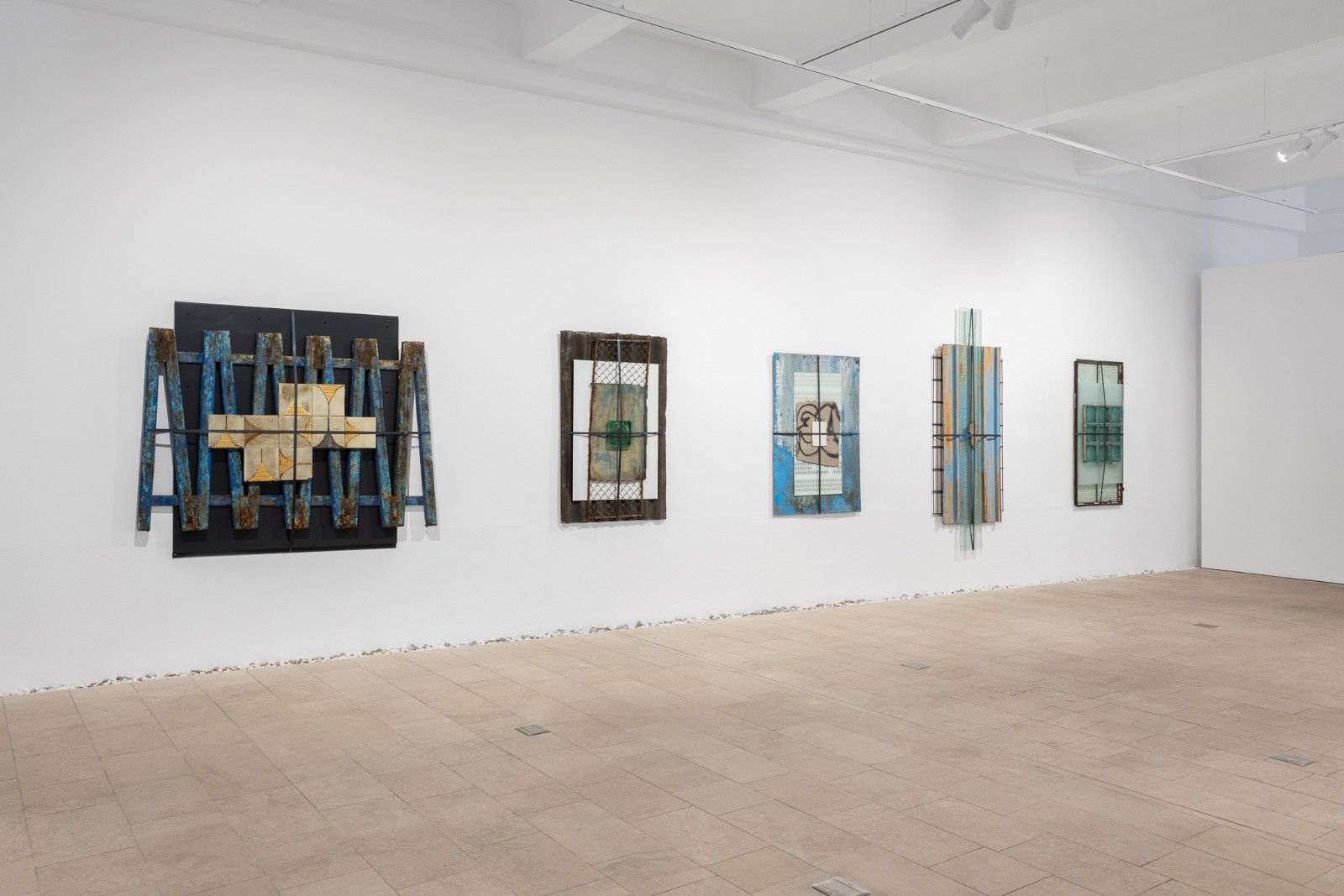Tell us about Aluvial.
A pilot space for research, dialogue, knowledge, and exhibition dedicated to the contemporary art scene in Cluj, Romania.
What do you have upcoming?
We will continue to map what does 'work' mean today in some new, experimental ways.
